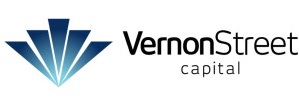Zero Down Financing
Zero down financing can now be obtained by conventional loan borrowers. In other words, even Fannie Mae and Freddie Mac will more commonly offer zero (or very low down-3%) financing. This is a huge advantage when a home buyer has no money to put down but wants to purchase rather than rent. However, these loans require very good credit (a score of at least 700), low debt ratios, and private mortgage insurance since they require no cash down. Sometimes a lender will require proof of 6 months worth of PITI (principal, interest, taxes, and insurance).
While an advantage to home buyers with no money to put down, zero down financing costs more: the interest is higher by as much as ½ percentage point and the insurance is much higher, also. Another concern is the fact that the borrower is in a very precarious position if the economy turns down. With no equity, with no guarantee that interest rates won't jump, and with the possibility that the payment may end up being too high to sustain, the borrower needs to feel comfortable that the loan will meet current and future needs.
Zero down financing has most of the same options as any other loan: variable or fixed interest with a variety of term options. The closing costs are comparable to any other loan.
Sometimes the lender may offer what is known as a piggy-back structure, where the borrower takes out a first and a second mortgage at the same time in order to accomplish zero down financing with the most optimal structure. Also, the Rural Housing Services offers Section 502 loans (to qualified low income families) that require no down payments.
As with all loans, these options should be researched well and discussed with your loan officer. In spite of some of the risks, zero down financing offers the borrower a fast way to get into a purchased home and the possibility of building equity.
